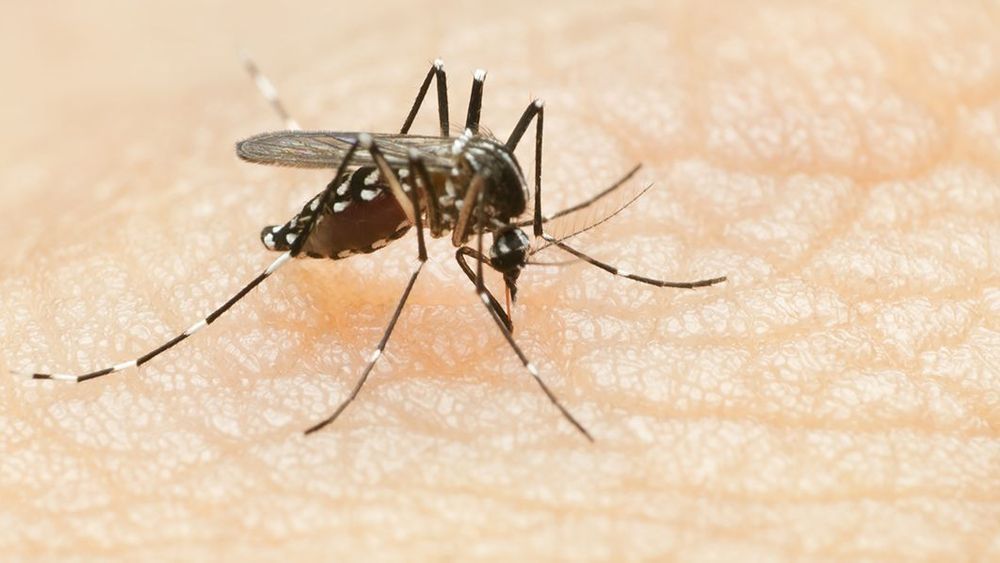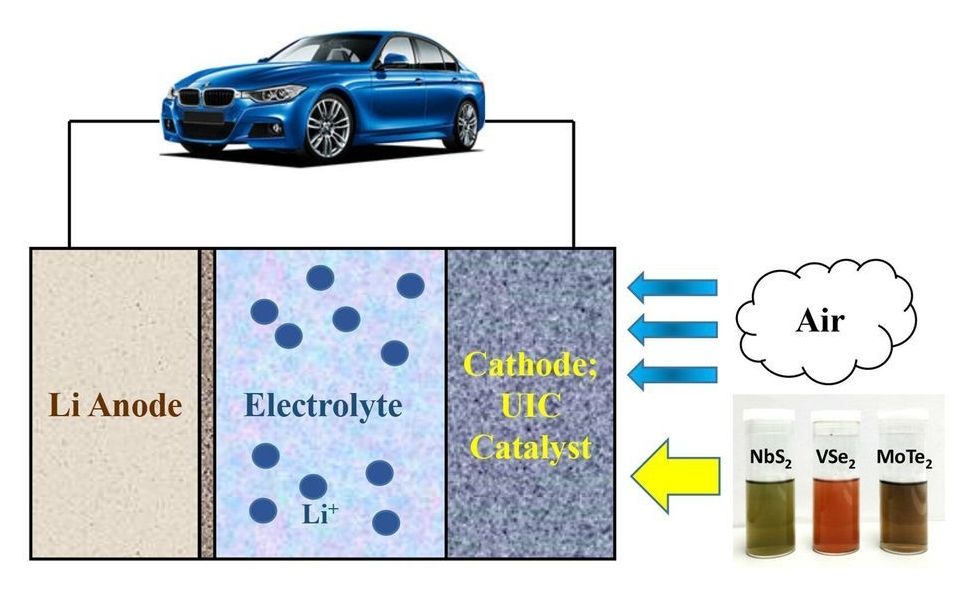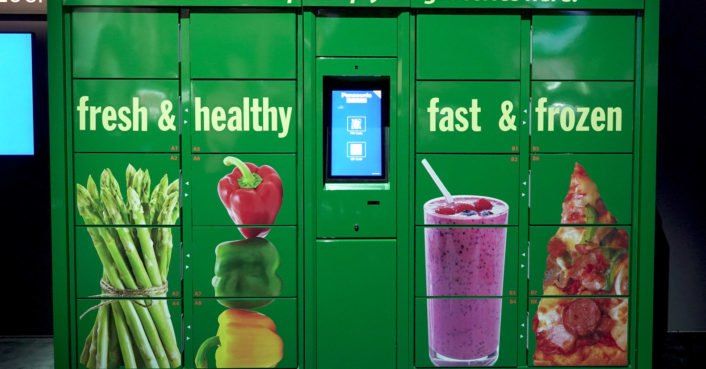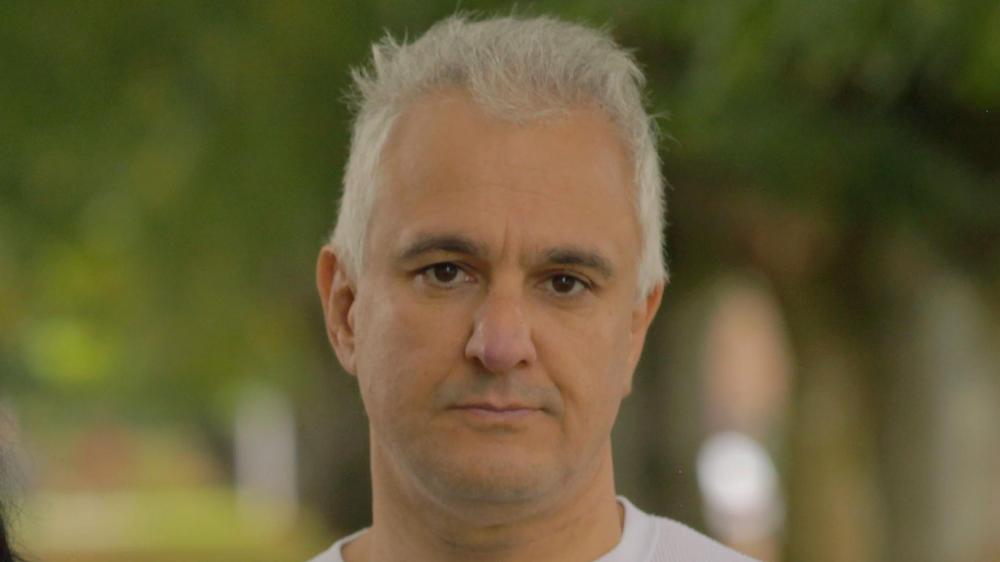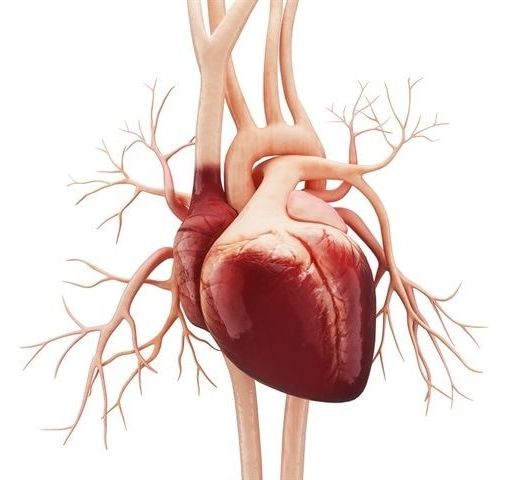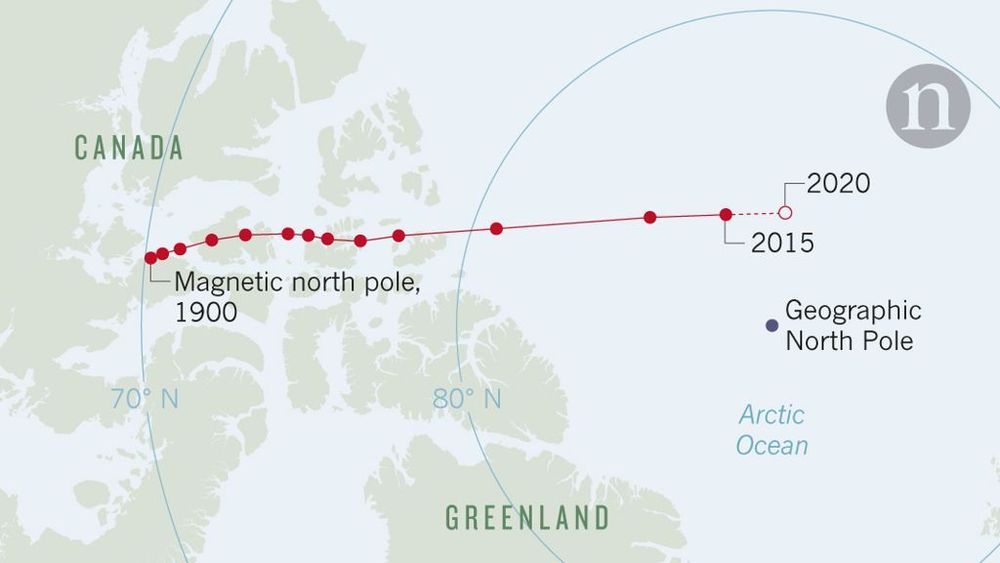Mosquitoes are some of the deadliest creatures on Earth. Now, scientists have taken a major step toward developing a “mosquito birth control” drug that can help prevent diseases responsible for several million human deaths annually around the world.
Researchers at the University of Arizona (UA) discovered a protein in mosquitoes that is critical to the insects’ process of producing viable eggs. When researchers selectively blocked the activity of the protein in female mosquitoes, the mosquitoes laid eggs with defective egg shells, leading to the death of the embryos inside.
In a report published in the open access journal PLoS Biology on Tuesday, the researchers said the protein — which they named Eggshell Organizing Factor 1, or EOF-1 — exists only in mosquitoes, so any drug developed to control mosquito populations would not affect other organisms, such as beneficial honey bees.
